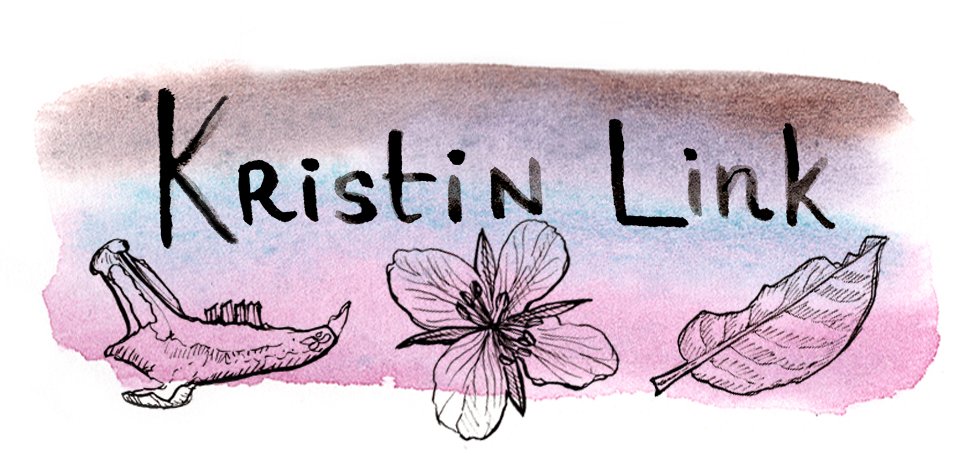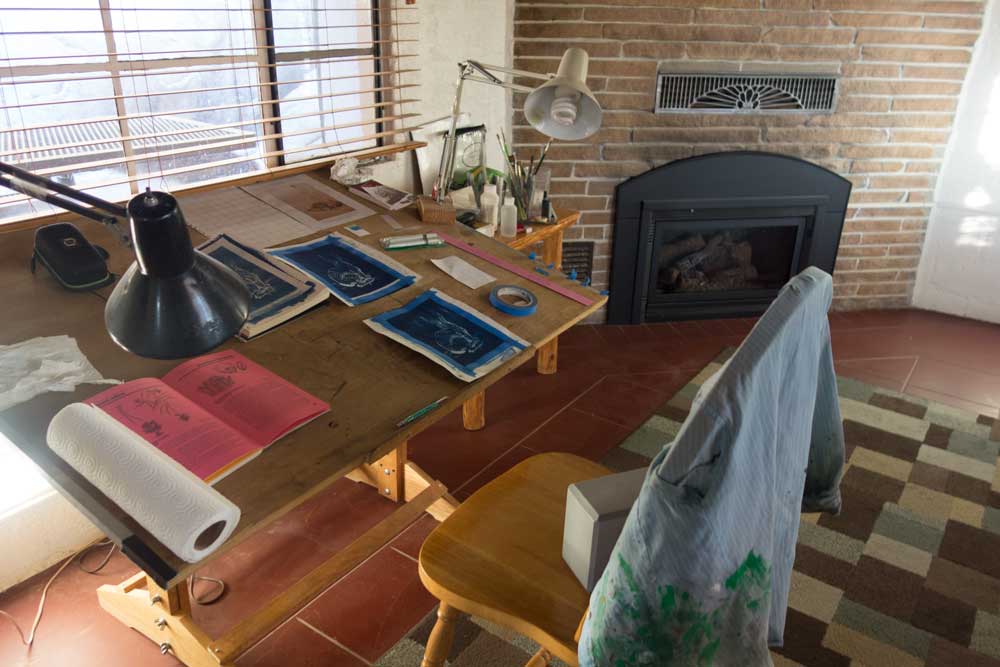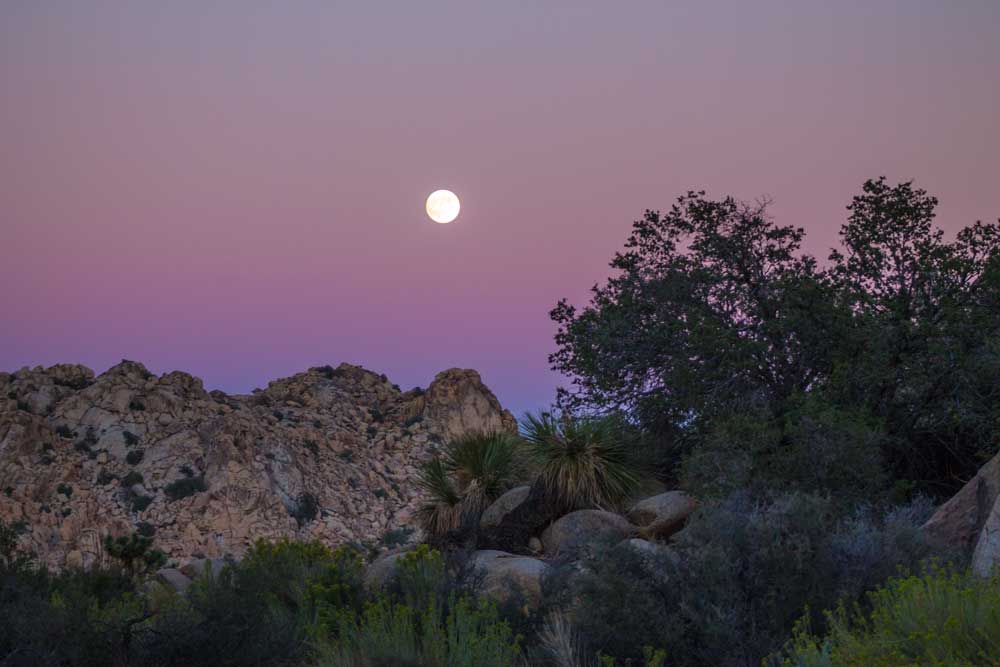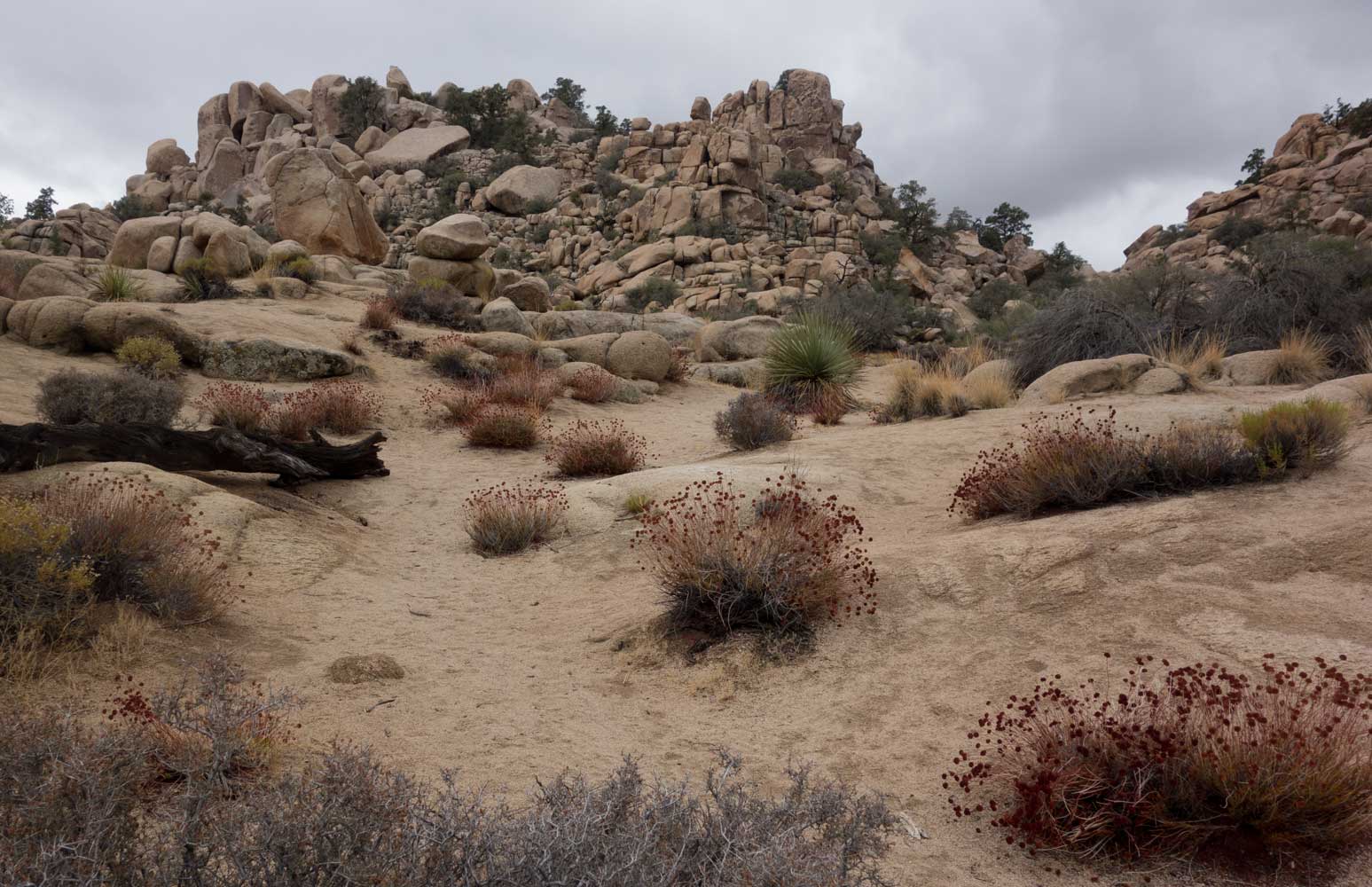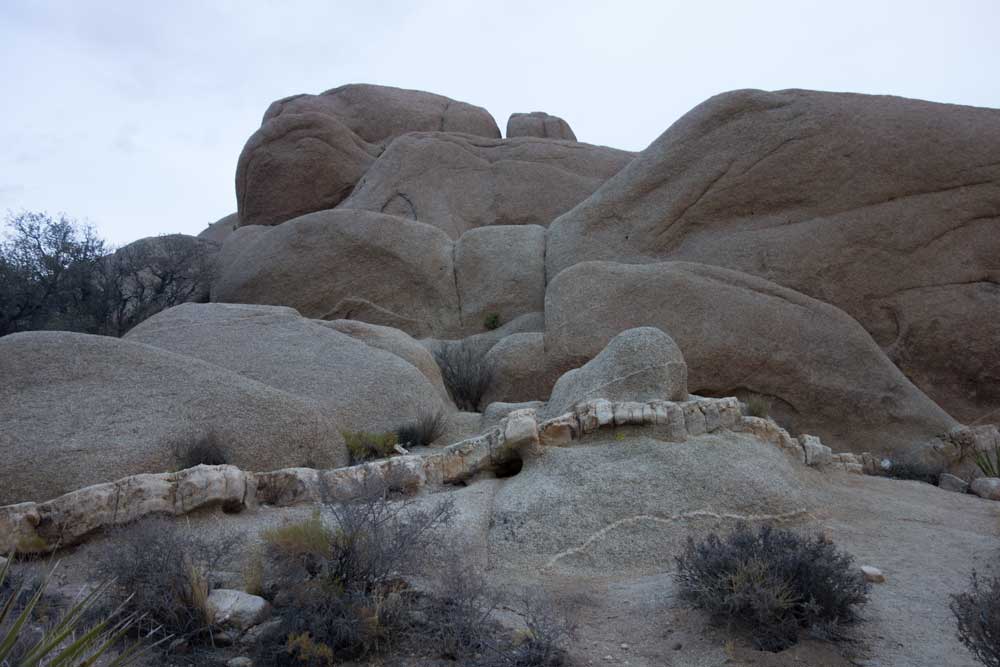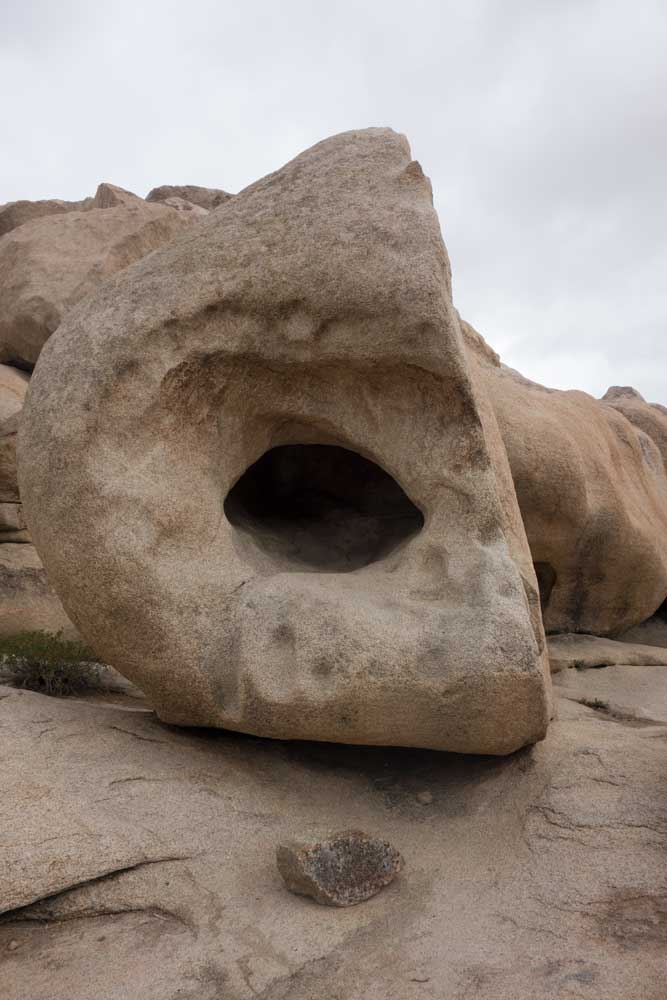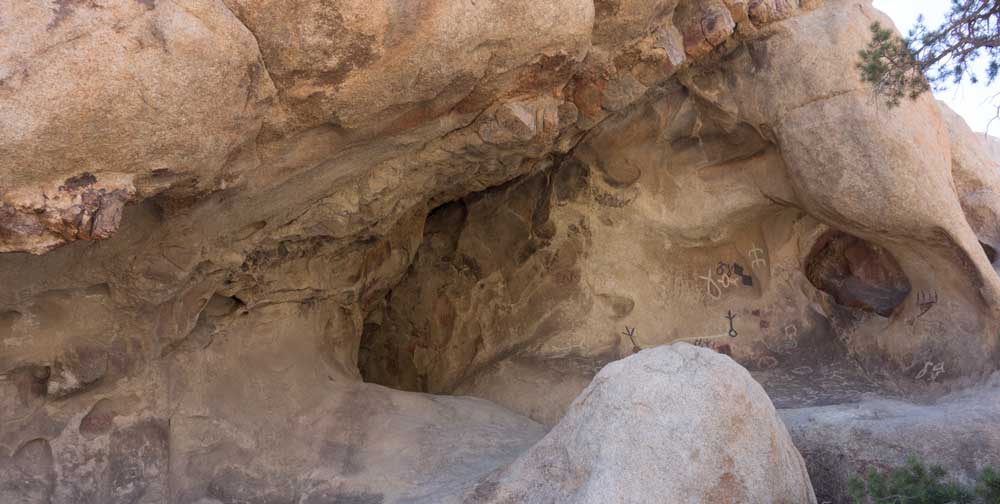I am writing to you today from Joshua Tree National Park, two-thirds of the way through a three-week artist residency. I know it has been several months since I’ve updated the blog. Summer in Alaska is incredibly busy and I like to use my spare time (if there is any) drawing and exploring, but I promise an update about summer work soon. Right now I want to take you to the desert.
I got to Joshua Tree after two hours of sleep and a red eye flight from Alaska to Palm Springs. In mid-September the sun was so hot (upper 90s) that I had to hide from it the first few days. It has gotten more reasonable since then. As artist in residence I get to stay at the Lost Horse Ranger Cabin, which is luxury accommodations for a cabin dweller from McCarthy. I’m used to living off the grid and conserving water. Here I have a fridge, lots of solar power, and a huge room to spread out in and do my work.
Above are photos of the Lost Horse Ranger Cabin and a sunset from in front of the cabin during the full moon.
I got in the habit of waking up early and going hiking and exploring in the mornings and evenings when the sun was lower and not quite so intense. At once I fell in love with being in the desert. It was a pretty rainy August in Alaska and my skin felt like it needed to soak up the vitamin D before winter. There is such an amazing variety of plant life here! Pretty much all of it is unfamiliar to me and I’ve been spending lots of time with plant field guides getting to know my surroundings. I’ve been especially interested in studying dormancy in plants (probably because that is what happens during the long Alaskan winters) and it turns out the dry desert is also a great place to see dormant plants. During the second week I was here it rained and it was an amazing experience to smell and see the plants grow.
Joshua Tree is also famous for its rock formations, so as an artist who likes to draw plants and rocks I felt pretty at home. The granite outcroppings were formed during a volcanic event and were left as the other rock (mostly gneiss) around it eroded away. The landscape continues to erode and to be acted upon by wind and water. There isn't a lot of organic matter so the "soil" here looks just like crushed up or decomposed pink rock.
Collecting vegetation or anything from the park is prohibited, so I’ve been taking a lot of photos and working inside from photographs and sketches during the middle of the day. One thing I really wanted to work on while I was here is making sun prints or cyanotypes from my drawings. This process allows me to create multiples. It also lends a deep indigo color I am fond of because it makes me think of memory or night skies. I like letting the weather and the environment having a hand in making the work. The sun is so intense in the middle of the day when I make my prints, that they only expose for three minutes. So far my process has been pretty crude and involves taping pen drawings I made on duralar onto treated watercolor paper. I get a lot of inconsistencies, which right now I am choosing to embrace. I’m going to write more about my cyanotype work and share more of the results from my residency when I get home, but right now I just wanted to say hello from the desert.
Above: My cyanotype process, which is somewhat rustic. I tape drawings onto treated paper (above middle) and place them in the sun (above right). I've been working with the cyanotypes (left top and bottom images) and coloring them in (bottom middle and right).
All photos and images copyright Kristin Link, 2016
